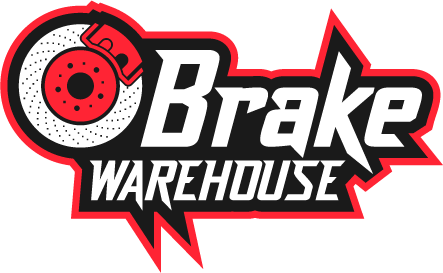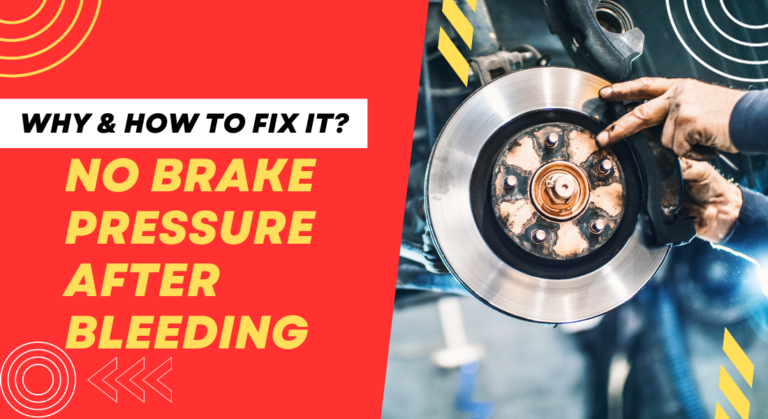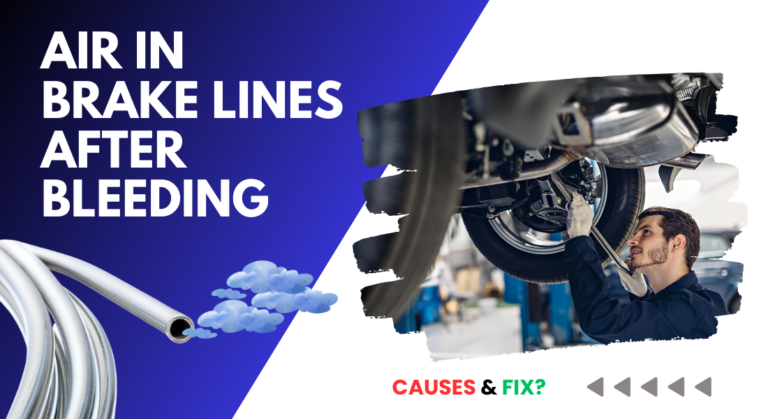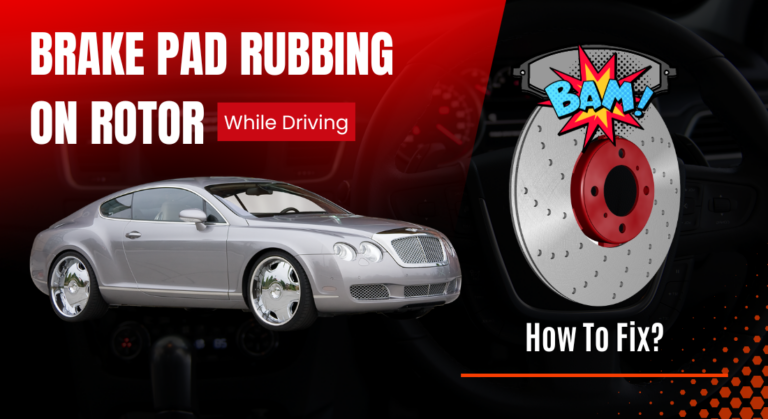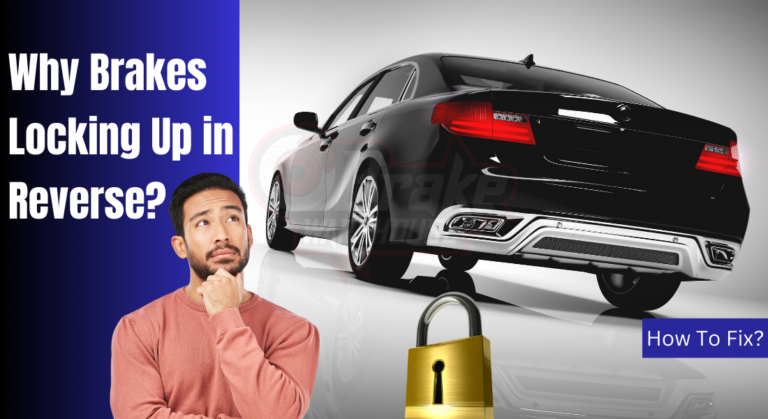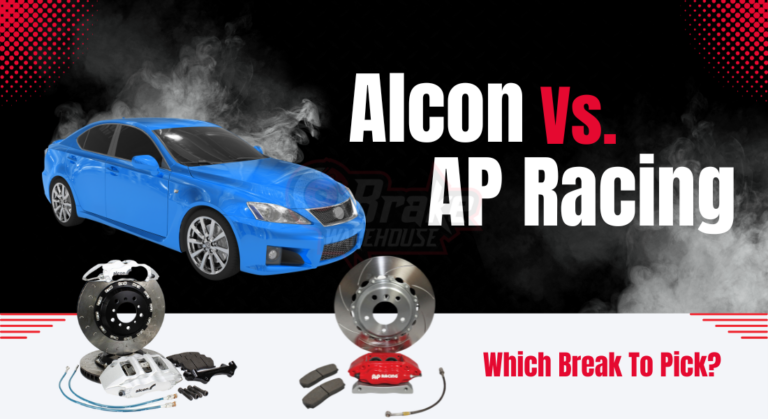Is It Safe to Drive with E-Brake Light On?
The e-brake is a crucial vehicle safety feature that prevents wheel lockup during sudden or emergency braking, especially on wet or slippery surfaces. The wheels achieve this by enhancing tire-ground friction, allowing for effective stopping without skidding.
Driving with brake warning lights illuminated is not safe. When e-brake lights are active while the hand brake is disengaged, it signifies severe issues with your braking system. Such an issue requires immediate attention and repair.
When brake warning lights are illuminated on the dashboard, it may signal a problem with the braking system. In such cases, one question arises: is it safe to drive with e brake light on? Let’s explore.

Is It Safe to Drive with Emergency Brake Light On?
Driving with e brake light on is not inherently unsafe, but it should be done cautiously.
When the light is illuminated, it indicates a potential issue with the braking system. It is advisable to address it promptly.
Driving with the e brake light doesn’t significantly affect regular braking in normal circumstances.
However, it’s not recommended because the e brake is crucial in controlling and optimizing braking performance, especially in emergencies. Driving without a properly functioning brake may result in reduced vehicle stability and increased stopping distances, posing potential safety risks.
The emergency brake light serves as a warning that there may be a problem with the braking system’s performance. When the brake isn’t functioning correctly, the vehicle may not respond as expected during heavy braking, leading to handling issues.
Conversely, the brake warning light illuminates when there’s a problem with the brake system itself. This could be due to issues with brake fluid levels or even a warning of an impending brake failure, such as a brake fluid leak.
If you choose to drive with the brake warning light, you might experience difficulties bringing the vehicle to a complete stop. It’s essential to heed the warning provided by this light.
When it activates, you should promptly inspect the brake system or take the vehicle to a mechanic for a thorough evaluation.
What to Check When E-Brake Light is On?
When your vehicle’s brake warning light illuminates, conduct a series of checks to determine the cause and ensure the safety and functionality of your braking system.
Here are the critical areas to inspect:
Handbrake or Park Brake

The first and most fundamental check is to ascertain whether the handbrake or park brake is engaged. Even a minor engagement, such as a single click, can trigger the brake warning light.
To address this, disengage the handbrake or park brake, and the warning light should promptly turn off, allowing you to continue your journey safely.
Brake Fluid Level

A common culprit behind the brake warning light is the reservoir’s low brake fluid level. This scenario often arises due to the wear and tear of brake pads over time.
Therefore, it’s crucial to examine the fluid level in the reservoir. If you find that the brake fluid is below the recommended level, it’s imperative to replenish it.
Remember that a low brake fluid level might signify an underlying issue within the brake system. In such cases, further inspection and potential repairs are advisable to maintain the safety and efficiency of your brakes.
Rear Brake Lights

Another essential check to perform when the brake warning light appears is to inspect the condition of the rear brake lights on your vehicle.
A malfunction in either of the vehicle’s brake lights can trigger the brake warning light. It’s vital to rectify this issue, as non-functional brake lights can compromise road safety.
Replacing faulty brake light bulbs will help address this concern and ensure your brake lights function correctly.
What Happens if You Drive with Parking Brake On?
Driving with the parking brake engaged, even for a short distance or at low speeds, typically doesn’t cause permanent damage. However, extended driving with the parking brake on, especially at high speeds, can lead to significant issues.
Whether you’re using an electric handbrake or a cable brake, driving with the parking brake engaged can result in the same problems:
Destruction of Rotors and Pads

Prolonged driving with a fully engaged parking brake generates intense friction and heat, causing premature wear on various components. The higher your driving speed, the faster these parts will deteriorate.
This can damage the wheel bearings, rear binders, shock absorber, caliper, axle seal, and other elements. Additionally, it places excessive strain on the engine.
Read Also: Brake Pad Rubbing On Rotor While Driving – How To Fix?
Overheated Brake Fluid
The heat generated from the friction can transfer to the brake fluid, potentially raising its temperature to the boiling point, particularly during extended high-speed driving.
While boiling brake fluid is relatively rare, a more common consequence is the formation of a glaze on the brake pads, making them slippery.
Consequently, the braking system has to work harder to bring the vehicle to a stop. Over time, if the mistake isn’t repeated, the glaze can naturally wear away, allowing the braking system to regain normal functionality.
Damaged Brakes

The extent to which the parking brake is applied matters. Driving with it on may not significantly harm the brakes if it’s slightly engaged. Happily, applying the parking brake fully and then driving the vehicle can cause substantial damage to the braking system.
Read Also: Can Worn Brake Pads Cause ABS Light to Come On?(Find Now)
FAQs
How Long Can You Drive with Brake Light On?
Driving with the brake warning light on should be avoided, but if it’s a short distance at low speeds, you might not experience immediate problems. Address the issue promptly. Extended driving with this warning light illuminated can lead to brake system damage, reduced braking effectiveness, and safety risks.
What are the dangers of driving with a Parking Brake on?
Driving at low speeds or for a short distance with the parking brake engaged is relatively safe. Prolonged driving can overheat the brake fluid, causing a glaze on the brake pads. This reduces braking effectiveness, making it challenging to stop the car.
Nevertheless, note that extended use of the parking brake can lead to more severe brake system damage. This could result in spongy brakes, increasing the risk of accidents, especially at high speeds or on busy roads.
Final Words
I believe all your queries regarding is it safe to drive with e brake light on are eliminated.
To alleviate the concern triggered by illuminated dashboard lights, it’s essential to take proactive steps. Seek the expertise of a qualified technician to address the affected controls promptly.
It is advisable to have your vehicle inspected by a qualified mechanic to ensure safe driving conditions and address any potential issues with the braking system.

Meet Zayan, the mechanical genius behind the highly acclaimed brakes problems and solutions website. With over a decade of hands-on experience in the automotive industry, Zayan has become a trusted authority in the realm of brake systems.
His passion for cars, coupled with his expertise in solving complex brake-related issues, has earned him a devoted following of car enthusiasts, mechanics, and everyday drivers seeking reliable guidance.
